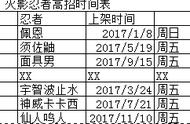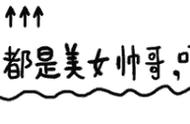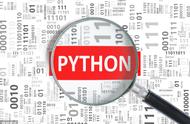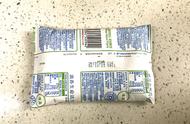
在本文中,我们将讨论如何使用“0”、空格或其他字符填充到字符串的方法。

- zfill()方法
zfill() 方法返回指定长度的字符串,原字符串右对齐,如不满足,缺少的部分用0填补。
str1 = "abc"
print('原始字符串:', str1)
str2 = str1.zfill(6)
print('修改后字符串:' , str2)
# 输出:
原始字符串: abc
修改后字符串: 000abc
- rjust()方法
rjust() 返回一个原字符串右对齐,并使用空格填充设定长度的新字符串。如果指定的长度小于字符串的长度则返回原字符串。
str1 = "abc"
print('原始字符串:', str1)
str2 = str1.rjust(6) # 默认使用空格填充
print('修改后字符串:' , str2)
str2 = str1.rjust(6,"~") # 指定填充字符
print('修改后字符串:' , str2)
# 输出:
原始字符串: abc
修改后字符串: abc
修改后字符串: ~~~abc
在字符串右侧填充
- ljust()方法
ljust() 方法返回一个原字符串左对齐,并使用空格填充至指定长度的新字符串。如果指定的长度小于原字符串的长度则返回原字符串。
str1 = "abc"
print('原始字符串:', str1)
str2 = str1.ljust(6) # 默认使用空格填充
print('修改后字符串:' , str2, "edf")
str2 = str1.ljust(6,"~") # 可以指定填充字符
print('修改后字符串:' , str2)
# 输出:
原始字符串: abc
修改后字符串: abc edf
修改后字符串: abc~~~
在字符串两端填充
- center()方法
center() 返回一个居中的,并使用空格填充至指定长度的新字符串。默认填充字符为空格。
str1 = "abc"
print('原始字符串:', str1)
str2 = str1.center(7) # 默认使用空格填充
print('修改后字符串:' , str2)
str2 = str1.center(7,"~") # 可以指定填充字符
print('修改后字符串:' , str2)
# 输出:
原始字符串: abc
修改后字符串: abc
修改后字符串: ~~abc~~
- 使用 format() 实现左中右对齐
str1 = "abc"
print("{:*>7}".format(str1)) # '>':表示右对齐,长度7,用*填充,默认空格填充
print("{:*<7}".format(str1)) # '<':左对齐,长度7,用*填充,默认空格填充
print("{:*^7}".format(str1)) # '^':居中对齐,长度7,用*填充,默认空格填充
# 输出:
****abc
abc****
**abc**
,❝
文章创作不易,如果您喜欢这篇文章,请关注、点赞并分享给朋友。如有意见和建议,请在评论中反馈!
❞













